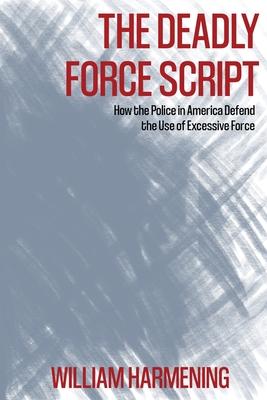These and a host of other verbal devices are what author William Harmening calls the "deadly force script." It is a strategy that has been employed with great success by the law enforcement community in the decades following the landmark U.S. Supreme Court decision in Tennessee v. Garner (1985), the case that for the first time placed significant restrictions on a police officer's use of deadly force. It is a strategy that has gone relatively unnoticed by the general public, the media, elected prosecutors, and the judges and juries who must rule on the reasonableness of an officer's actions.
Now, perhaps for the very first time, William Harmening pulls back the veil to expose the deadly force script for all to see. He does this in a unique and informative way by presenting actual case studies where the script was employed following a deadly police encounter, typically right under the unsuspecting noses of local media and the prosecutor tasked with deciding whether to criminally charge the officers involved. Anyone with an interest in the twin ideals of an equitable system of justice and a professional and bias-free police force will find William Harmening's presentation both fascinating and enlightening.
